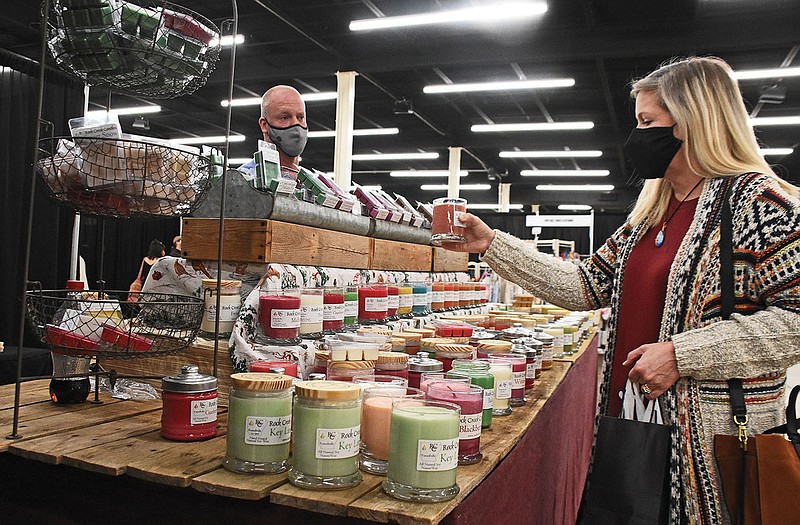Candles make great ambiance and brighten dark winter days. But some of them are not very cheery when you consider how they are made or their negative impact on air quality. We tend to think of the environment as "out there," but every time we breathe, drink water or eat, the environment comes into our bodies and doesn't stay "out there." Which is why reducing pollution from all sources, including candles, is just as much a health issue as it is an environmental one.
In Denmark, Danes are becoming more aware that all those dozens of hygge candles pollute the air -- they typically burn many candles at once -- so the Danes are now encouraged to crack open a window or vent the house after burning candles to reduce any health impacts. Another option: Consider burning cleaner candles that are also made with more eco-friendly materials.
There are three parts to a candle: the container, the wax and the wick. Good choices for wicks include wood or cotton, without any metals woven in. The best waxes for clean-burning candles are beeswax, soy and coconut, but check to be sure it's not a blend with paraffin included (as many are). Petroleum-based paraffin emits toxins into our homes, and it is not sustainable either. You may need to contact the manufacturer if the label simply says "blend."
Finally, for containers, choose something you're not likely to throw away. Used candle vessels could be refilled with new homemade candles, or once thoroughly cleaned, given a second life as a jar, a candy dish or other household item. Or you can recycle materials like glass, which is commonly used for candles. High-end candles are now offered using artisan work and recycled glass, too. Some companies even provide ceramic candle containers that are good for growing flowers. Can you imagine a home of natural candles and little candle-pot planters? Cute! Try to avoid creating trash if possible -- some tea lights or small candles come wrapped in plastic to be thrown away.
The fragrance is another important factor that may get overlooked. It might be hard to find out what secret "fragrance" is included, but look for candles which are unscented or have natural essential oils. Make sure your scented candles are free of phthalates (endocrine disruptors). People in Norway and Denmark actually prefer unscented candles; for them, it's all about that warm lighting, whereas people in other cultures tend to think of candles as air fresheners.
There are dozens of online options. PurePlantHome.com offers $20 candles made with vegan, sustainable coconut wax. They use essential oils for fragrance and a cotton wick. "Our gift box is FSC certified, recycled paper printed with vegan, plant-based inks in a wind powered, solar powered, environmentally responsible facility." This may sound a bit over-the-top, but products manufactured using renewable energy and intended to produce zero waste create the future we need. You can get similar soy candles for about the same price at local Center Street Mercantile on Block Street in Fayetteville.
Amanda Bancroft is a writer, artist, and naturalist living in an off-grid tiny house on Kessler Mountain. She and her husband Ryan blog about their adventures and offer tips to those wanting to make a difference at www.RipplesBlog.org.

